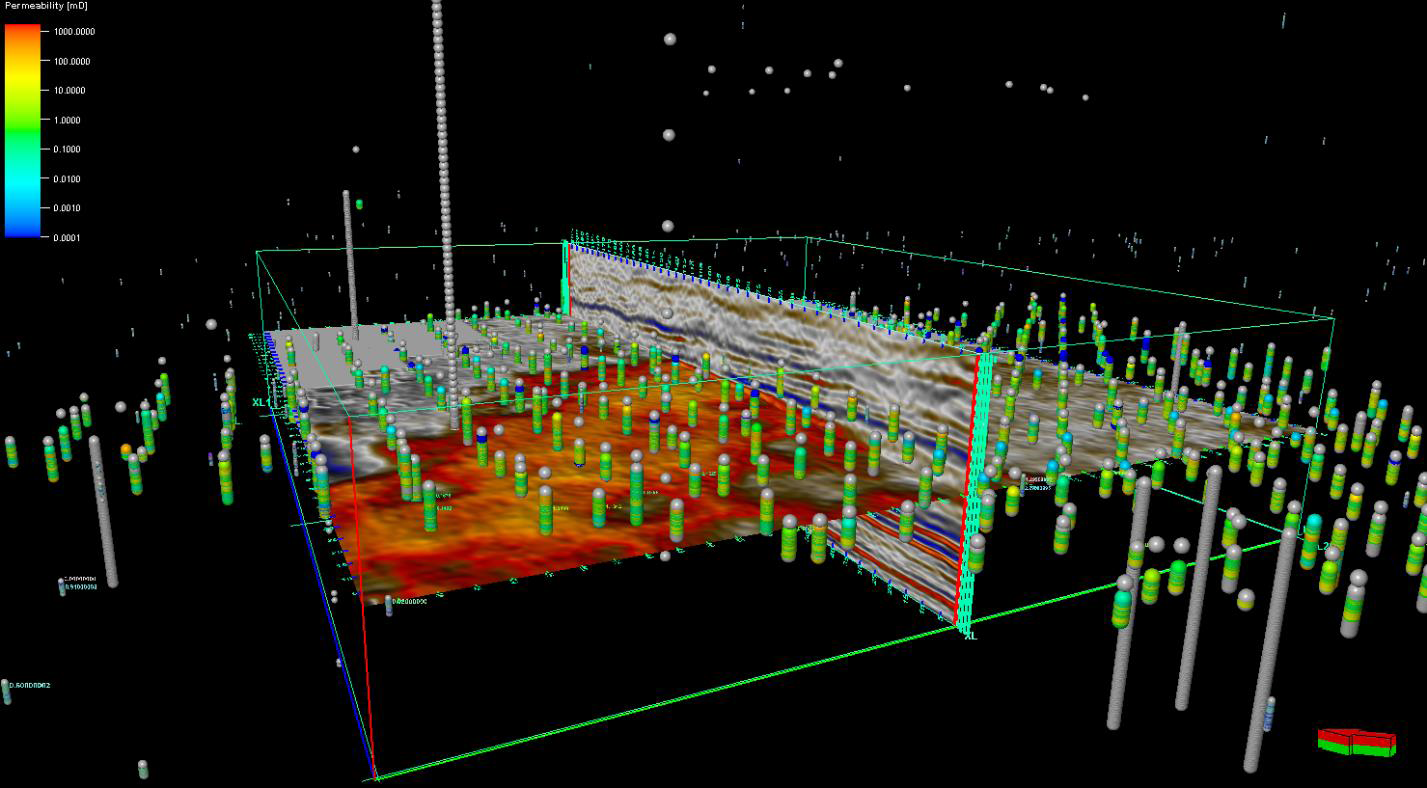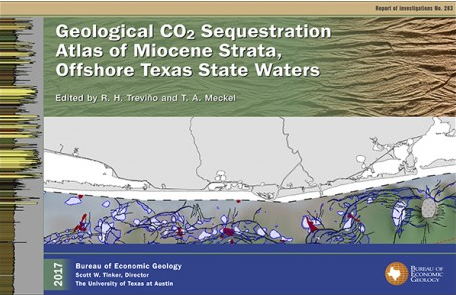2015–2014 Risk Assessment of the Weyburn-Midale Petroleum Technology Research Centre (Weyburn-Midale PTRC)
About

3D seismic amplitude and well log data of the Weyburn-Midale reservoir study area.
Secure containment of CO2 during geological carbon storage is a top priority. However, a major recurring issue in carbon sequestration is determining the optimal monitoring strategy for risk assessment. An optimal monitoring strategy requires balancing the leakage risks and costs, which can be accomplished by reducing the number of wells that need to be monitored and therefore, reducing the associated costs. Oftentimes, a large or even excessive number of wells have been drilled to aid in initial site characterization. However, it is not necessary to monitor all these wells into the future. In order to systematically reduce the number of monitored wells without losing information and decreasing safety, a retrospective minimum data set requirement (MDR) analysis was performed. In this study, the GCCC carried out at the well-known Weyburn-Midale site a (1) risk assessment, (2) explored multiple well sampling strategies to determine what percentage of wells should be monitored during and after CO2 injection for secure storage, and (3) predicted the long-term storage efficiency of injected CO2 in the storage complex.
The Weyburn-Midale CO2 Monitoring and Storage Project is a long-term CO2-EOR project in Saskatchewan, Canada, started in 2000 to understand CO2 injection and storage in a field setting. The GCCC worked with the leakage detection project at Weyburn-Midale starting in June 2014. The project was completed by September 2015. The results from the study indicated that:
- the parameterization scheme should be flexible, objective oriented, and problem specific;
- modeling results are sensitive to effective porosity estimates;
- the minimum dataset needed is dependent on the heterogeneity of porosity and permeability fields and anisotropy of permeability field;
- 80% of the 403 wells monitored may be removed without substantially reducing safe risk assessment; and
- perfect knowledge of the pressure distribution in the injection formation is not required.

Pressure field distribution at the end of CO2-EOR history match.
Partners
Sponsors:
Advisory Assistance:
- Dr. Chris Hawkes (University of Calgary)
- Mr. Kyle Worth (PTRC Project Manager)
Technical Support:
- Computer Modeling Group (CMG) based in Calgary, AB.
Publications
Gao, R.S., Sun, A.Y., Nicot, J.-P., 2016. Identification of a Representative Dataset for Long-term Monitoring at the Weyburn CO2-injection Enhanced Oil Recovery Site, Saskatchewan, Canada. International Journal of Greenhouse Gas Control 54, 454-565. https://doi.org/10.1016/j.ijggc.2016.05.028\
Nicot, J.-P., Sun, A.Y., Gao, R.S., Lashgari, H., 2017. Identification of a Minimum Dataset for CO2-EOR Monitoring at Weyburn, Canada. Energy Procedia, 13th International Conference on Greenhouse Gas Control Technologies, GHGT-13, 14-18 November 2016, Lausanne, Switzerland 114, 7033–7041. https://doi.org/10.1016/j.egypro.2017.03.1844 (download)
Last Updated: March 24, 2025



